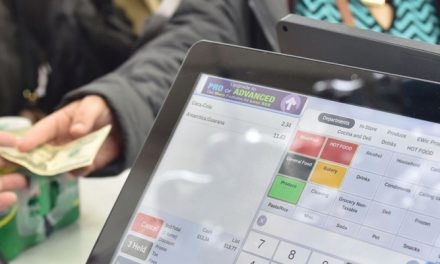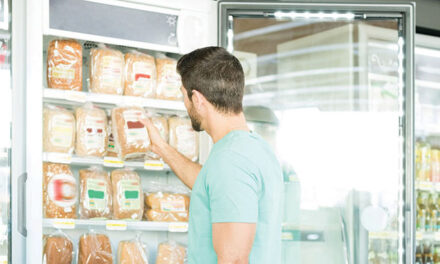
Ontario Enhances Blue Box Program

By Angela Altass
The Ontario government recently announced enhancements to the province’s blue box recycling program. The changes will expand the service to more communities, standardize the list of materials that can be recycled across the province and will make the producers of products and packaging fully responsible for the cost and operation of the program, resulting in an estimated savings of $156 million annually for municipalities.
“Producers and municipalities have been advocating for an enhanced, producer-led blue box program for over a decade and I’m proud that our government has finalized these improvements,” said Jeff Yurek, minister of the environment, conservation and parks. “Our goal is to ensure our program remains convenient, affordable and right for communities. That’s why we are creating a stronger and more effective blue box service that will have some of the highest waste diversion targets in North America to promote greater innovations in recycling technologies and increased use of recycled materials.”
The enhanced blue box program will:
- Expand collection to all communities outside the far north by 2036
- Standardize what can be recycled across Ontario
- Accept common single-use and packaging-like products, such as paper and plastic cups, foils, trays, bags and boxes sold for home use
- Collect single-use items that are distributed or sold to consume food and beverage products, like stir sticks, straws, cutlery and plates
- Expand services to more facilities, such as apartment buildings, municipally-run or non-profit long-term care homes and retirement homes and schools.
The province is also expanding collection to more parks, playgrounds and transit stations, more than tripling the number of public space recycling bins funded under the current program.
Organizations and associations have been releasing statements in favour of these changes to the Ontario blue box program.
“The Canadian Beverage Association supports the modernization of the province’s blue box recycling system and the introduction of ambitious targets to increase the recycling of beverage containers,” said Jim Goetz, president, Canadian Beverage Association. “The blue box regulation will improve curbside recycling throughout Ontario while allowing our sector to build an accessible, complementary recycling program to collect beverage containers in public spaces. The net result will be a stronger, more robust circular economy for beverage containers.”
The Retail Council of Canada has released a statement saying that its’ retail members look forward to transitioning to a new, producer-controlled blue box program wherein both costs and management shift to industry for all residential recycling.
“The retail industry represents the largest sector paying into Ontario’s blue box program,” said Diane J. Brisebois, president and CEO, Retail Council of Canada. “Retailers share a common view that plastics, printed paper and packaging do not belong in landfills.”
The Retail Council of Canada has stated that it supports the new regulation as a positive step forward for recycling in Ontario, adding that organizations that make packaging decisions should pay for end-of-life residential recycling as it creates a strong incentive for businesses to move away from hard to recycle materials while continuing to optimize packaging methods.
“These changes to the blue box program reflect the most important advances in waste diversion since the program was created two decades ago,” said Graydon Smith, president of the Association of Municipalities Ontario.
Mike Chopowick, chief executive officer, Ontario Waste Management Association, has also stated support for the government’s commitment to strengthening the blue box program.
“This program will better allow producers to effectively and accountably promote waste diversion, better manage the handling of 800,000 tons of products and packaging at the end-of-life stage and reduce the burden on municipal taxpayers,” said Chopowick.
The transition to the enhanced blue box program will be staggered from 2023 to 2025. The first group of blue box programs will transfer responsibility to producers on July 1, 2023 and by December 31, 2025, producers should be fully responsible for providing blue box services province-wide. Some of the first municipalities scheduled to adopt the new producer model include Kenora, London, Toronto, and the Town of Hawkesbury.


































